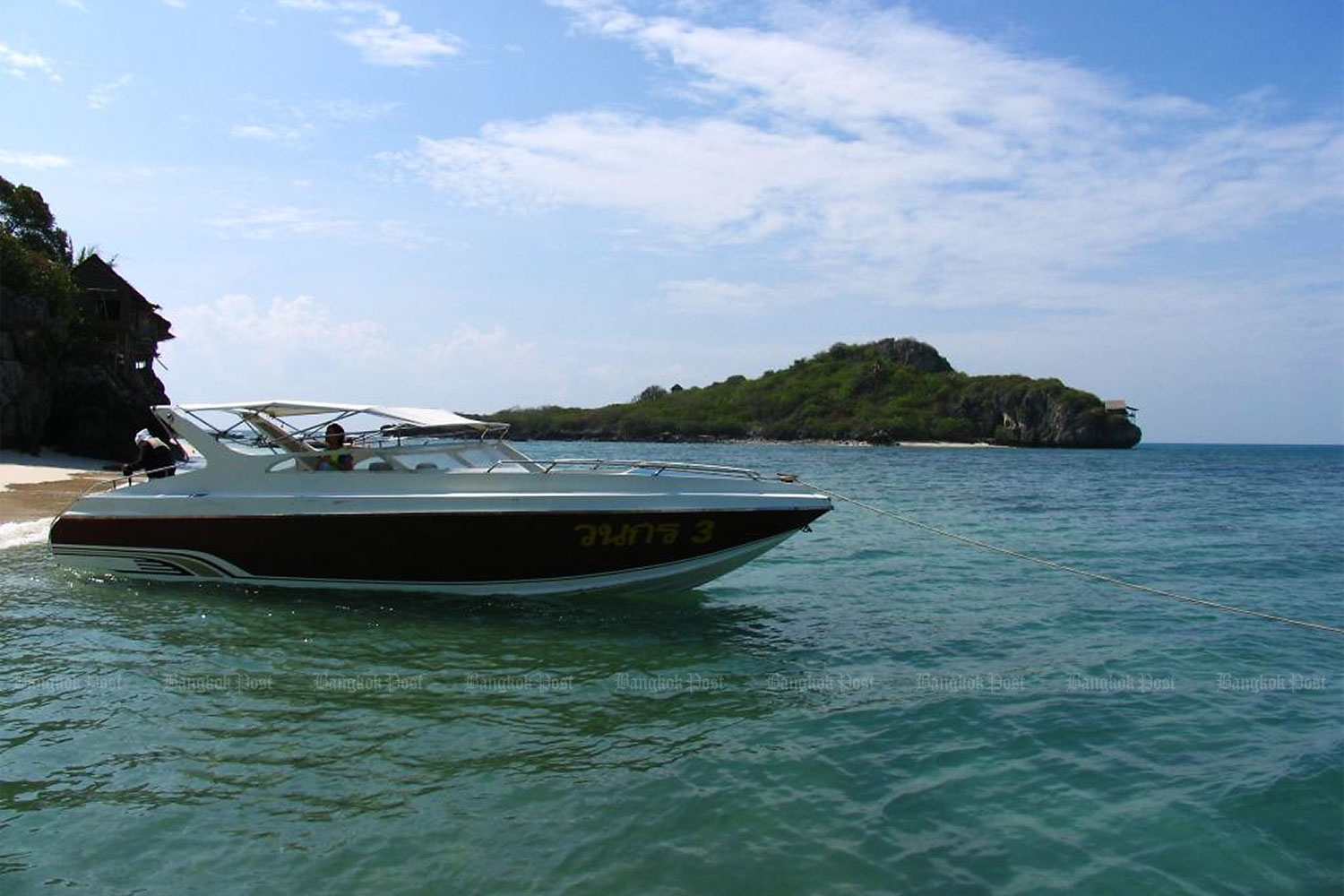
Speedboat strategy denotes a modern approach to radical innovation in large organisations, reflecting the agility and pace of a "speedboat," in contrast to an "ocean cruise ship," which is clumsy and slow. Most well-established business entities are as bulky as cruise ships. If these cruise ships must sail through the greatest disruptive storms on earth, how can they change course in time to avoid being disrupted?
In response to strong signals of disruptions, several global conglomerates have quietly formed speedboats. They have assembled small teams of innovative people and created a sandbox in which to let them work on their own with their own budget unhindered and free to explore new paths. These speedboats use the stratagem of entering the future and hacking out a path for the mother organisation.
The earliest instance of a speedboat strategy being deployed could be IBM's experience. Traditionally, IBM was largely known for mainframe computers. As early as 1980, there were rumours of IBM developing a personal computer. The public responded to these rumours with scepticism. At the time, IBM had a well-known reputation for "taking at least nine months to ship an empty box." In 1980, recognising the potential of personal computers, IBM President John Opel assigned William C Lowe to form a new business unit along speedboat lines, with the code name Project Chess in Boca Raton, Florida. This speedboat was provided with the necessary funding and authority to do everything needed to bring an IBM PC to market within the given time frame. Within a decade, the IBM PC had become a household name.
In Thailand today, most major conglomerates and banks have set up innovation speedboats to deal with the urgency of digital transformation. In the education sector, the newest faculty-level unit of Chulalongkorn University, the Chulalongkorn School of Integrated Innovation (ScII), was set up almost two years ago as the university's speedboat to drive the innovative academy of the future.
THE EXTINCTION OF OCEAN CRUISERS
In the years to come, many ocean cruise ships will be disrupted and overtaken by numerous speedboats. The era of cruise ships is about to end as the world enters a digital sea full of icebergs. According to a recent study by Innosight, the average lifespan of corporations listed on the S&P 500 since the 1950s is 61 years, a figure estimated to fall to 17 years for companies listed after 2015. Given this trend, the digital giants of our times, including Facebook, Amazon, Google, Apple, etc may soon disappear from that index too if they proceed with business as usual.
This is the reason why these digital giants continue to innovate and look for a new S-curve.
CREATING A SPEEDBOAT
Before deploying the speedboat strategy, the organisation leader must develop the right mindset in recognising that Operation Speedboat is a long-term investment. According to statistics, nine out of 10 speedboat rides return empty-handed.
In principle, the speedboat is not created to substitute for the mother ship but to supplement it. By design, a speedboat needs freedom to operate "outside the box" with agility and speed. The level of delegation and mandate must also be spelt out in the design. Once the speedboat is operational, the management team of the mother ship should avoid interfering.
FACTORS FOR SUCCESS
Here are some tips from the experts in the literature for successful speedboat creation.
1. Speedboat design. The speedboat could be an in-house sandbox unit or a separate entity (an affiliated company). As there is little time to perfect the business plan, initial teething troubles and growing pains are expected. However, running the speedboat as a new entity will minimise possible impacts on the mother ship. Secondly, it is always easier to start something from a clean sheet, with none of the problems from the past.
2. Recruiting digital-savvy champions. Without a speedboat strategy and a clear mission, many large corporations find it difficult to attract digital talent, especially champions. A separate physical space is ideal for fresh talent who want to carve out a space and culture distinct from that of the legacy organisation.
3. Openness to a new culture. The new culture goes hand in hand with luring the right people into the organisation. Since culture is the hardest aspect to change within an organisation, a separate entity allows the speedboat to experiment with a new working culture without compromising business as usual in the mother cruise ship.
Worsak Kanok-Nukulchai, PhD, fellow of the Royal Society of Thailand and Executive Director, Chulalongkorn School of Integrated Innovation, Senior Adviser on Digital Transformation, TEAM Consulting Engineering & Management PCL.